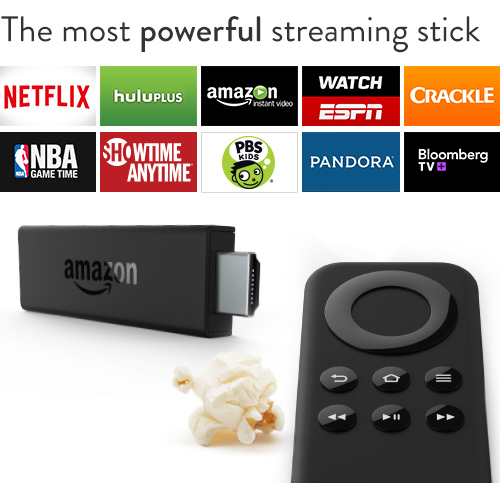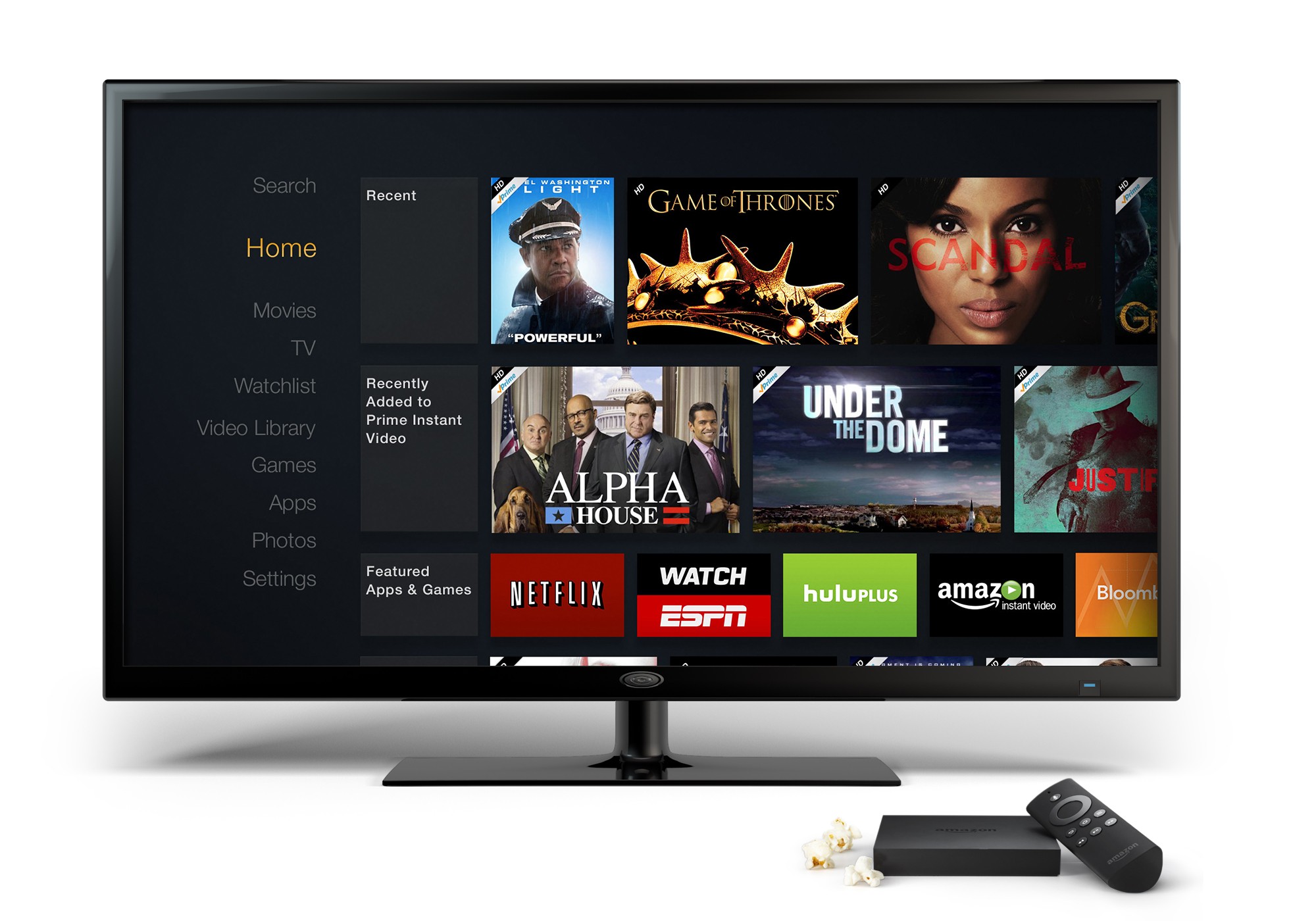Technology News – It all started with a simple sentence.
 “Trends among younger audiences … will continue to put pressure on the multichannel ecosystem,” said Disney CEO Bob Iger during the company’s third-quarter conference call on Aug. 4. Those comments stoked fears of cord-cutting and sent shares of Disney and other media companies into a tailspin.
“Trends among younger audiences … will continue to put pressure on the multichannel ecosystem,” said Disney CEO Bob Iger during the company’s third-quarter conference call on Aug. 4. Those comments stoked fears of cord-cutting and sent shares of Disney and other media companies into a tailspin.
According to a new survey, Iger’s fears may be justified. The data show that the so-called “cord-cutting” phenomenon — where consumers jettison traditional cable and satellite packages in favor of streaming services — is about to get a lot worse. A new report by Magid Advisors surveyed 2,400 consumers and found that cord cutting is not only on the rise, but it’s happening much quicker than industry watchers anticipated.
According to Magid, 3.7 percent of pay TV subscribers age 18 to 64 said they were “extremely likely” to cancel their pay TV service in the next 12 months. That number is up from 2.9 percent in 2014, and represents a 95 percent increase over results from 2011.
“This is not some sort of a cliff problem; this is more of a very slow drip-drip-drip problem,” Magid President Mike Vorhaus told CNBC’s “Fast Money” this week.
“3.7 percent is a pretty important number if you’re trying to grow by 10 or 15 percent a year,” he added. “That’s another 3 or 4 percent that you’ve got to pick up. And all these small numbers add up to big dollars over time.”
Even more significant are the results from respondents in the 25 to 34 age-range. Among that demographic, 7.1 percent of pay TV subscribers said they were “very likely” to cancel their service in the next 12 months.
The results are even gloomier among current non-subscribers. Just 5 percent of respondents said they were “very likely” to subscribe to pay TV service within the next 12 months.
When asked the reasons why they would consider canceling pay TV service, 77 percent of very likely cord cutters cited over-the-top video as a key factor. Half of respondents said they were satisfied with online streaming options like Netflix and Hulu, while 30 percent said pay TV was too expensive.
Observers agree that cord cutting is a threat to mainline networks and cable providers, they differ on its practical impact. For the time being, companies like Netflix, which pays more than $3 billion a year in licensing and production fees to major media companies in order to offer their content on its platform, still rely somewhat on old line broadcasters.
That, however, is changing rapidly. Streaming companies are increasingly offering their own set of original programming, luring paying customers away from cable and satellite television. BTIG media and technology analyst Rich Greenfield told CNBC that a combination of more consumer options and cost considerations could indeed support the cord-cutting trend.
“The price/value of the traditional cable video bundle is getting worse by the day, with a seemingly infinite array of alternatives to spend your entertainment time,” Greenfield said. “In turn, forecasting an acceleration in cord cutting/cord shaving is reasonable and prudent.”
Greenfield said companies such as Netflix, Amazon and even a new Kardashian app stand to benefit “as more consumers ‘cut’ or ‘shave’ the cord,” and free up dollars to spend elsewhere.
Despite the consistent increase in those likely to cut the cord, Vorhaus said the pain will likely be gradual for traditional media companies.
“There will still be plenty of people in the younger generation that have cable today and will continue to have cable into the future,” he said.
by MICHAEL NEWBERG, NBCNews.com

